The EO Knowledge Programme set out to establish a new baseline in understanding the scale and impact of employee ownership in the UK.
Commissioned in 2022 by the Employee Ownership Association (EOA), the EO Knowledge Programme is the sector’s most ambitious research project to date, consisting of three vital research strands:
Strand 1 - The EO Performance Project
The EO Performance Project sought to establish a new baseline of data on the economic, social and environmental impact of EOBs by contrasting a significant number of employee and worker owned businesses (EOBs) with non-EOBs for the first time.
Findings
In October 2023, Ownership at Work published dramatic and important evidence on the positive impacts of sharing meaningful ownership and participation with employees.
Findings show that EOBs are 8-12% more productive based on Gross Value Added (GVA) per employee whilst simultaneously contributing more to employee wellbeing, fair pay, community resilience and commitment to net zero.
People-powered growth: The rapid rise of employee and worker ownership in the UK is a summary document capturing the first reported findings under the EO Knowledge Programme, a collaboration of independent research organisations led by Ownership at Work, with quality assurance provided by a panel of renowned academics.
Click here to read ‘People Powered Growth’
Exploring the potential of the employee owned business model is the longer, more detailed research report setting out in-depth impact analysis that underpins these findings, brought together by WPI Economics with additional input from DJS Research.
Click here to read WPI Economics’ report
Whilst there is much more to do to continue to build and sharpen this evidence base, given these impacts and the current speed of EO growth, OAW is calling on politicians, policymakers and investors to sit up and take notice of this research. Specifically, we call for more proactive interventions to grow numbers of employee owned businesses, mobilise more private sector capital into this
Strand 2 - The Good EO Project
The Good EO Project sought to identify the management practices that are most effective at supporting employee ownership, and understand how these drive social and environmental impacts, via qualitative interviews with EOB senior decision makers and employee owners.
Findings
In November 2023 research partner DJS Research published Good employee ownership: a guide to effective and impactful practices in employee owned businesses. Based on interviews with 67 senior decision makers and 27 employee owners from 67 EOBs, the guide identifies nine practice areas that are foundational to good employee ownership:
- Transparent communication and sharing information
- Culture and behaviours
- Employee voice
- Sharing reward
- Leadership and governance
- Health and wellbeing
- Recruitment and retention
- Performance review
- Empowering ethical commitments through EO
Within each of these nine areas the guide explores a raft of practices that can work to propel the development of successful employee ownership, as identified from the interviews underpinning this strand. Each of these practices is illustrated with verbatim quotes from senior decision makers and employee owners. A wide range of practices were uncovered, ranging from those that are (almost) universal, to those which are less common but when implemented are shown to have powerful benefits to the business, employees and, where relevant, wider communities and the planet. The guide is designed to be easily navigable, so that readers can quickly hone in on practices that are most relevant to businesses of a similar profile to their own in terms of size, EO model and length of time in EO.
Click here to read ‘Good employee ownership: a guide to
effective & impactful practices in employee owned businesses’
Strand 3 - The EO Integrated Impact Project
The EO Integrated Impact Project will aim to develop a tool that enables EOBs to measure and manage the social and environmental impacts of their ownership model, and benchmark these against the wider EOB population.
